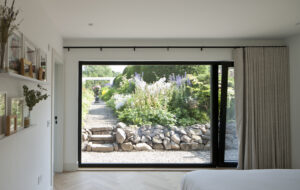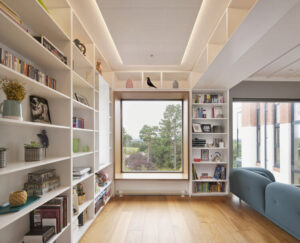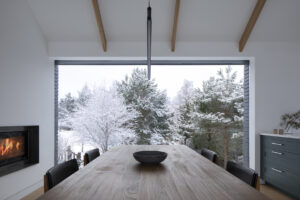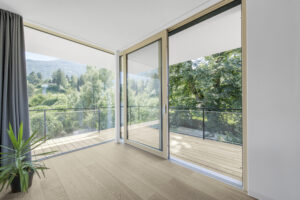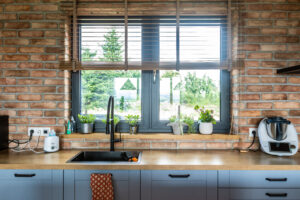Windows are often perceived as simple components—just glazed openings that provide light and ventilation. However, they are among the most intricate elements of a building’s design, serving multiple functions that require careful consideration.
Aesthetic Considerations
A window significantly influence a building’s appearance, often referred to as its “eyes.” Their design impacts both the exterior façade and interior ambiance, making aesthetic choices crucial.
Performance Factors
Beyond aesthetics, a window must meet various performance criteria:
- Thermal Efficiency: Windows should retain indoor heat while allowing beneficial solar heat gain, especially during colder months.
- Weather and Airtightness: Proper sealing is essential to prevent air and water infiltration, which can compromise comfort and energy efficiency.
- Acoustic Insulation: In noisy environments, windows need to reduce external sounds to maintain a peaceful indoor setting.
- Safety and Security: A window must be designed to prevent injuries and unauthorized access, often requiring robust hardware and safety features.
Structural Implications
Incorporating windows affects a building’s structural integrity. Openings must be carefully planned to ensure they do not weaken the overall structure.
Energy Balance
Windows play a unique role in a building’s energy dynamics by allowing light and solar heat to enter. During winter, this solar gain can offset heat losses, contributing to a positive energy balance. In summer, however, excessive solar gain may lead to overheating, necessitating shading solutions.
High-quality windows should minimise air leakage, and proper installation is crucial to maintain airtightness. In well-insulated buildings, optimised windows can result in net energy gains, as the solar heat admitted surpasses the heat lost through them.
Window Energy Ratings
Windows are rated from A++ to E, indicating their energy performance. These ratings assess the balance between heat loss and solar gain. Higher ratings (A++ or A+) suggest that a window contributes positively to a building’s energy efficiency.
Passivhaus Standards
The Passivhaus standard involves detailed modelling of a building’s energy performance, including precise calculations of window energy balance. This approach ensures that windows are optimized for both energy efficiency and occupant comfort.
In summary, windows are multifaceted components that require thoughtful design and specification to enhance a building’s aesthetics, performance, and energy efficiency.





